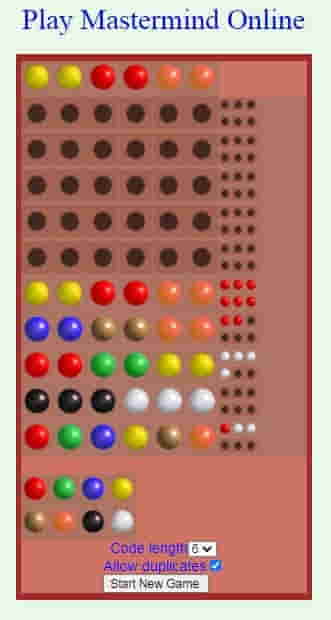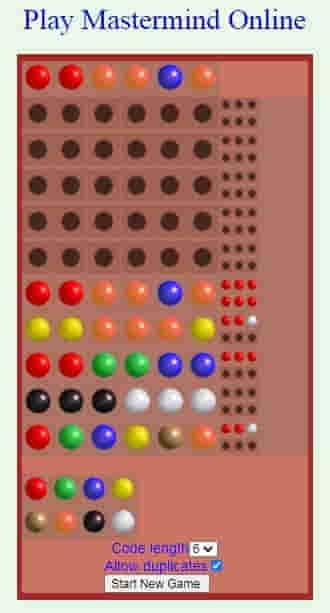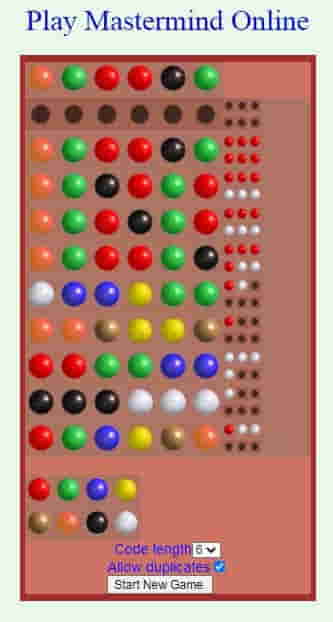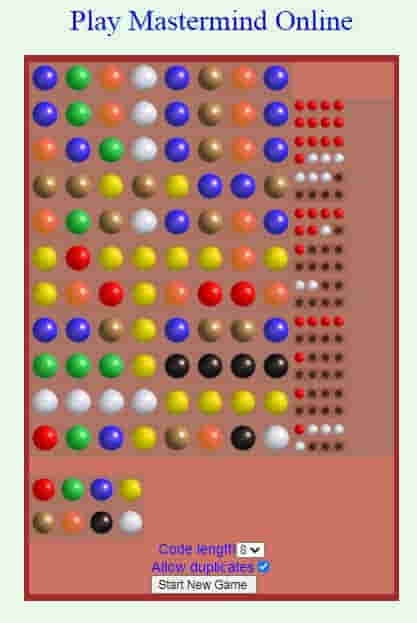To begin with, I am going to reproduce the introduction from the first blog post in the series.
Nepali education system teaches students to mostly memorize and regurgitate facts, figures, and definitions. Some understanding is taught and expected of some content materials. As for our education system teaching higher level thinking skills–namely application, analysis, evaluation, and creation (synthesizing)–forget about it. Consequently, a vast majority of Nepali students are failed by our education system.
To partly bridge that gap I have been running online classes on problem solving. The classes involve imparting the concept of modeling–the kind that mathematicians and scientists engage in and NOT the variety skimpily dressed models engage in on catwalks!
The classes also involve playing logic games, among other things, to hone their deductive and inductive reasoning skills, something not really imparted to students in the country. Additionally, we analyze the games, since opportunities for data analysis or analysis of information is rarely provided at academic institutions.
So, in the next series of blogs, I shall be sharing problems and opportunities for people to try their analytical skills. The analysis exercise below come from the online version of Mastermind, a board game of logic. What appear below are four codes that I broke. But unlike the ones in the first blog post, these involved 6 and 8 color codes.
With each one, here’s what I challenge you to do in the comment section below. (If you have never played the game, you should follow the link to the online version of the game and acquaint yourself with the rules.)
And here’s the challenge.
For each of the four times I broke the code,
- firstly, describe the logic behind every single one of my guess/attempt,
- secondly, the DEDUCTIONS about the nature or make-up of the hidden code based on the result of the guess (as indicated by the small white and red colors on the right), and
- thirdly, identify if any mistakes were made in the guesses and/or apparent deductions and, if so, what would have been a better alternative guess, and why!
Here they are:




Incidentally, if you take up on the challenge, it goes without saying that you don’t have to attempt ALL four! But whatever you end up doing, be sure to identify the cracked code you are analyzing.
Additionally, don’t use Facebook Comments (the first one below). Use Jetpack Comments (the second one) instead. There have been problems with the former displaying under blog posts.
Finally, here’s something important to remember however: there isn’t necessarily a single “right” guess at each stage until of course the last one! Just that some guesses might end up taking longer to crack the code than others. In other words, there are guesses that are better than others. HOWEVER, at least in theory, at each stage, there COULD be a guess that is the BEST among all the possible guesses or options!
Enjoy!
